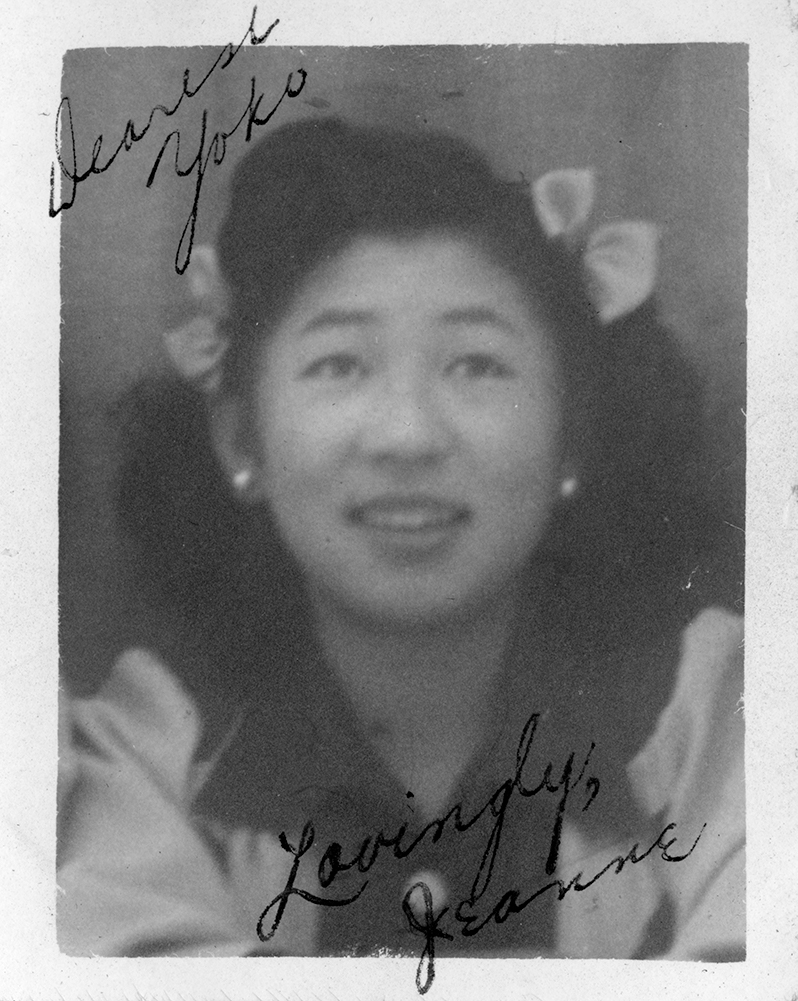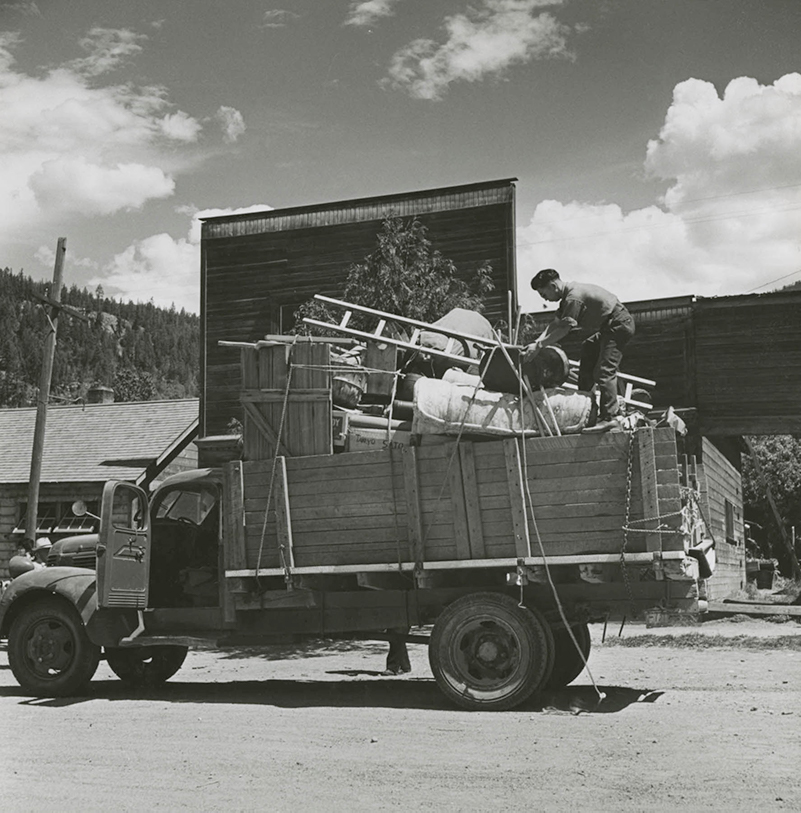Quick Thinking

What would you do first if you were given just 24 hours to pack your belongings and leave your home?
The British Columbia Security Commission uprooted Japanese Canadians on short notice. It instructed them to bring only what was immediately necessary. It restricted what they could pack by weight: 150 pounds of personal effects per adult, 75 pounds per child, to a maximum of 1,000 pounds per family.
Officials assured Japanese Canadians that they would protect what was left behind.
As they packed, Japanese Canadians made the first of many difficult choices of the internment.
Many Japanese Canadians hid their belongings away in their homes. Others placed property under the care of friends. Some left with their possessions in place, hopeful of returning soon. Others still refused to see family heirlooms taken. They buried and even destroyed the items that they valued most.
Jean Ikeda-Douglas, who was ten years old in 1942, recalls that mother arranged to hide most of the family’s possessions in the basement of a neighbour’s house. But, she refused to hide her most precious family heirloom:
"the only thing that my mother vowed was that she did not want to give up the, the sword that had been in our family. Because we had come originally, way back, from a warlord family of samurai. And so, we had, you know, like armour and a sword that had always been on the wall. And she said there’s no way she was handing that in after all these generations. And so, although Japanese people were not supposed to be out after dark, my mother and our relatives that lived in North Vancouver, that were boat makers, they came over and said “Ok, we’re going to row out into the straits.” Where all the big ships would come through. And she threw it overboard."
The Kimoto family avoided the British Columbia Security Commission’s rules by escaping under cover of night. They drove two trucks from Vancouver, loaded with food and personal belongings. They relocated to Kelowna. Mary Kimoto, 20 years old in 1942, later recalled,
"My [future] husband was on the west coast and they had to leave. They were given, what, forty-eight hours’ notice to pull out. My husband’s mother was living in Vancouver and she told my mother that this is what’s happening, that we’re all going to have to move and, of course, my mother, she really got frantic and she decided that we better leave before we’re going to be all separated … so she hired two friends that had a truck … and we pulled out at about 2 a.m. in the morning and we headed for Kelowna … Of course, it was in January so we hit snow in Hope and it was a scary trip."
Other Japanese Canadians negotiated sales that would afford them greater security during internment. Mary Kitagawa’s mother sold the family’s chickens on their farm on Salt Spring Island. Mary recalls that her mother had “a business head … [and] negotiated a much higher price” than the buyers first offered. The proceeds proved useful in internment. Her mother safeguarded the family’s funds in a “money belt that she wore around her waist” and used it to buy food to keep her children well fed.
During the uprooting, each small decision was important. Families used available resources to meet their needs at a time of violent disruption. They followed government orders but took careful steps to ensure their own survival.
 Play Audio
Play Audio
 Play Audio
Play Audio
